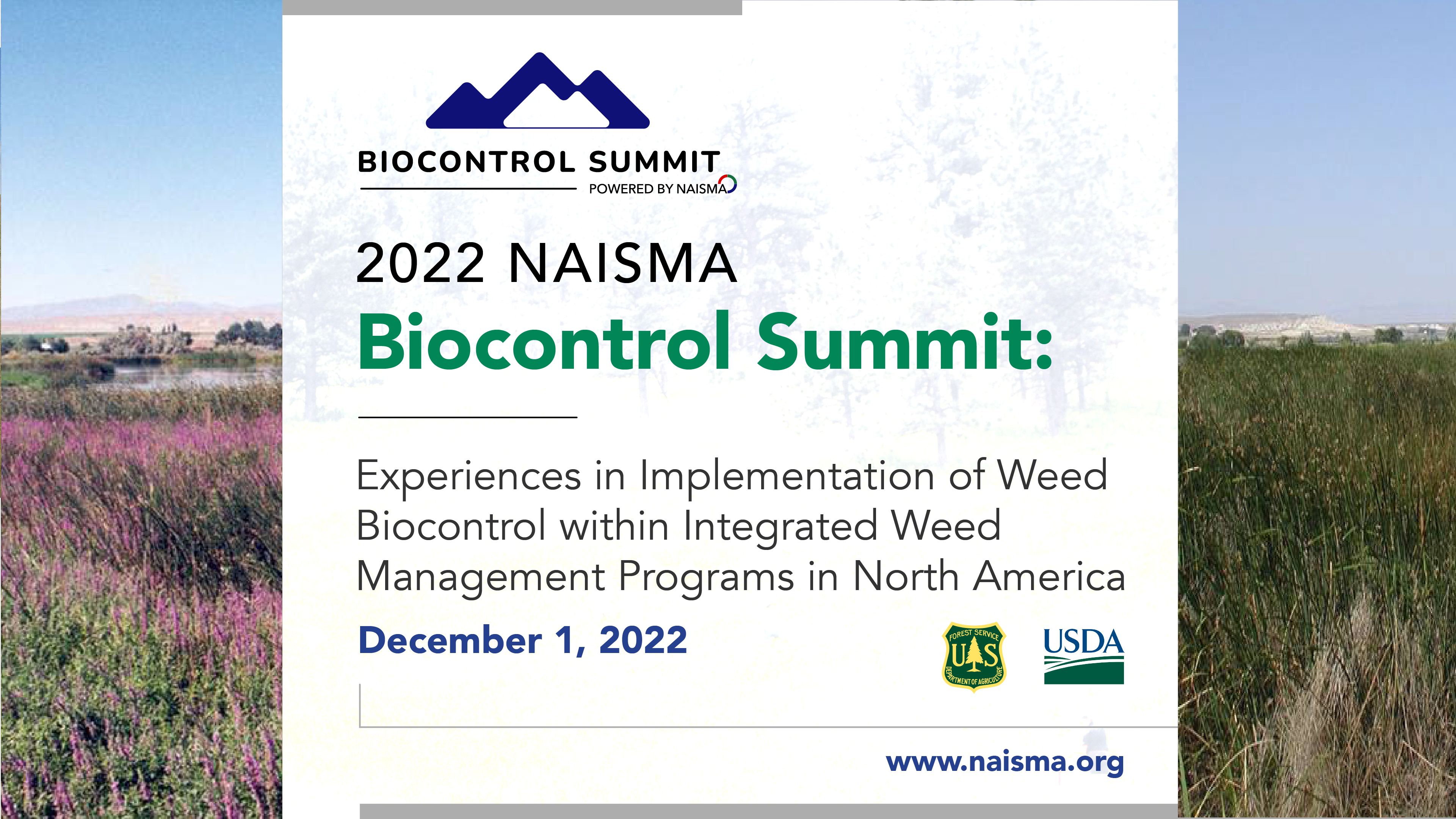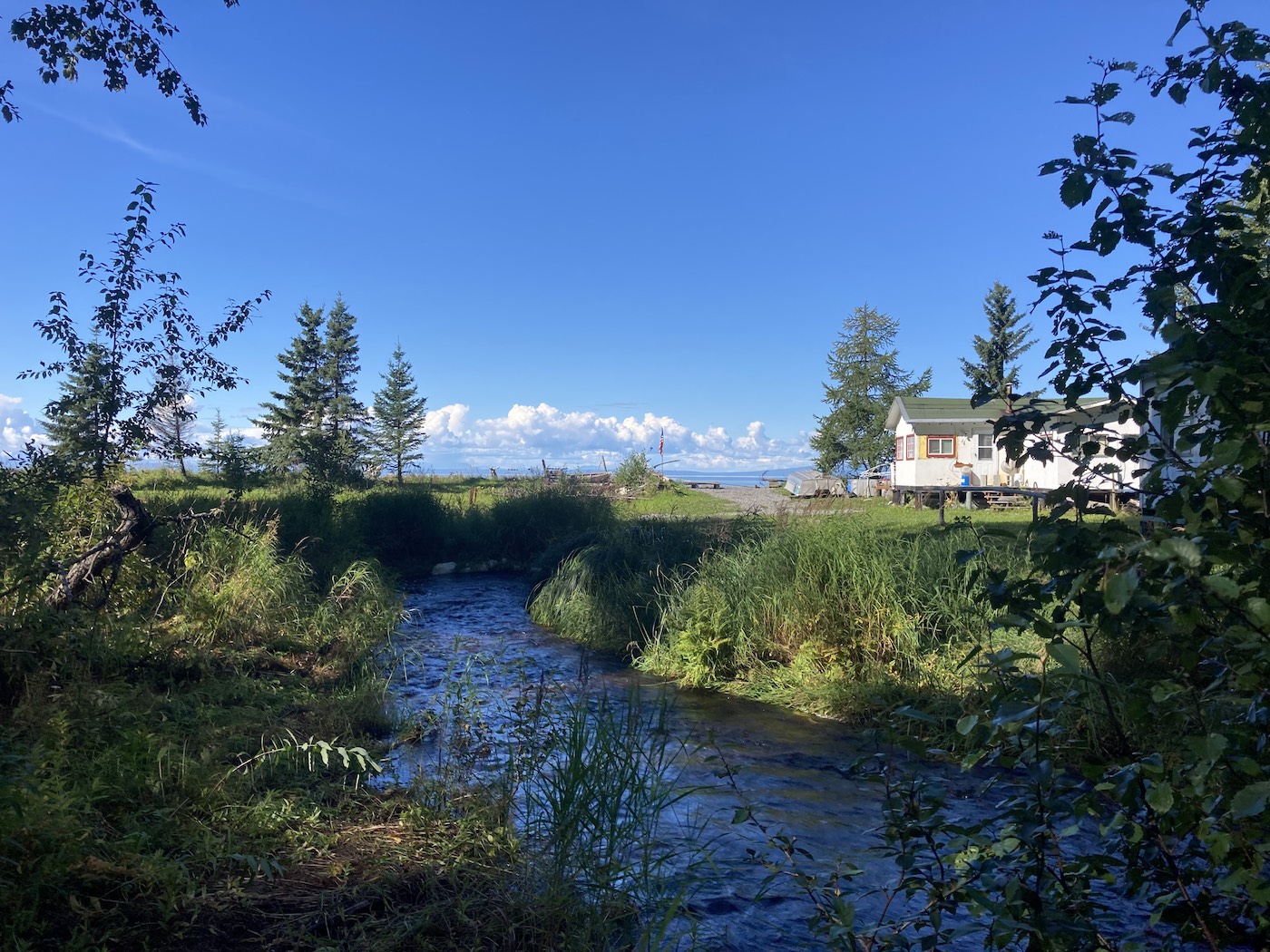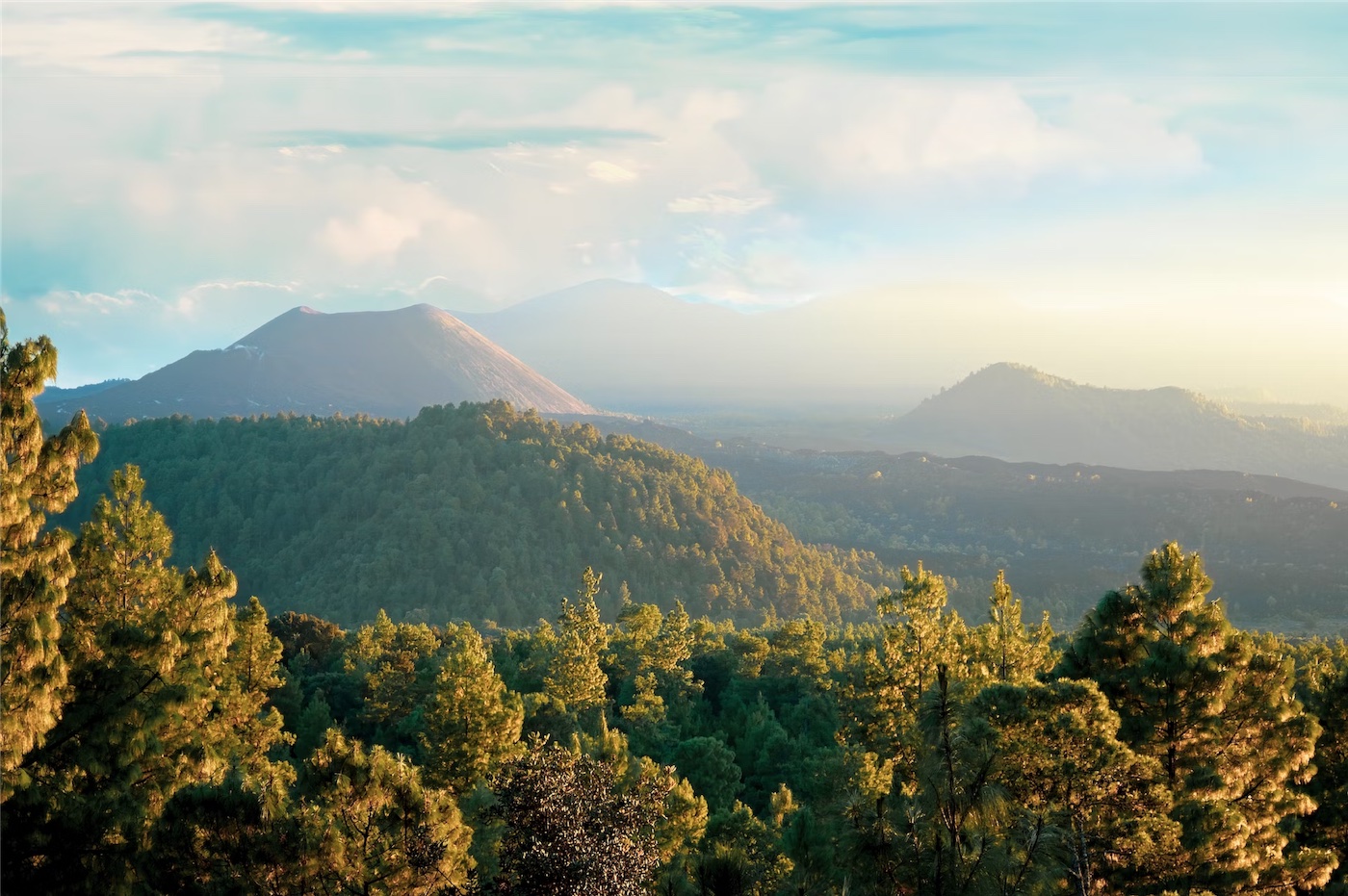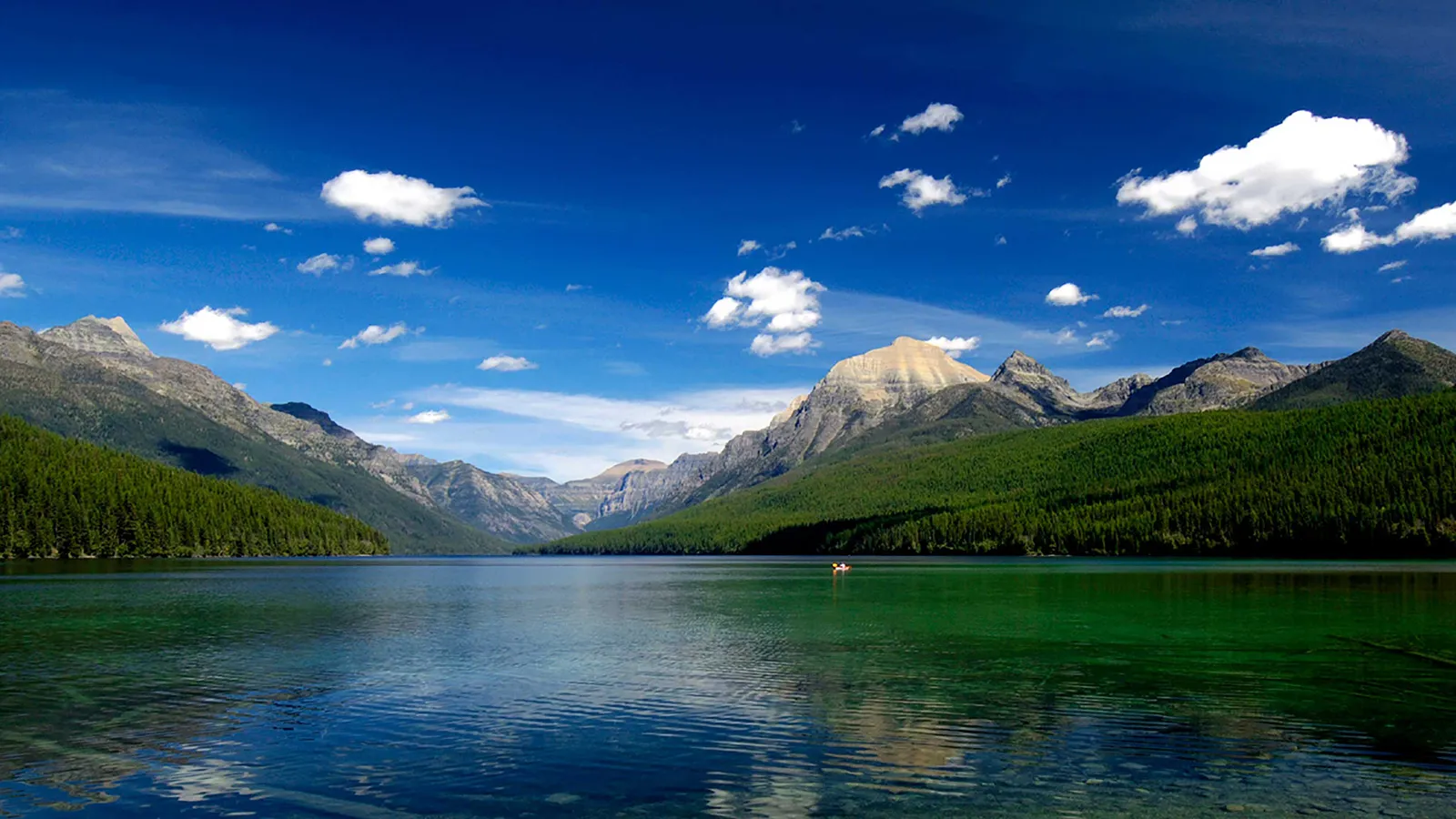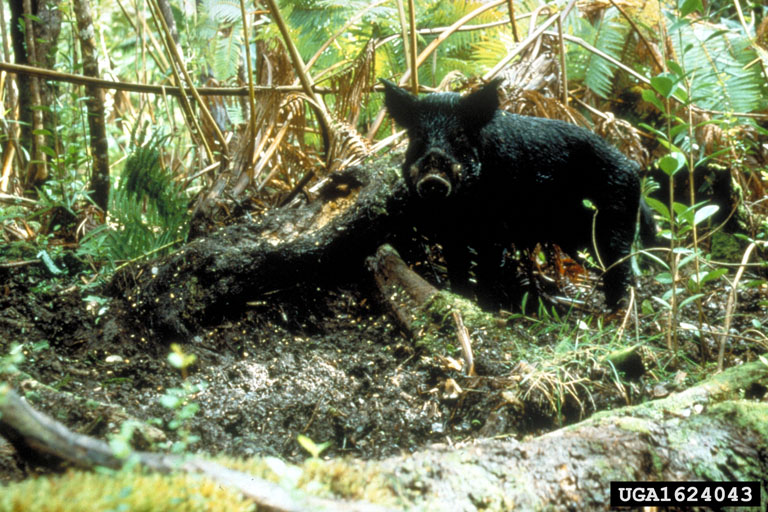Webinar: Invasive Mussel Collaborative Tools and Accomplishments
Invasive Mussel Collaborative Tools and Accomplishments Presented by: Ashley Elgin with the National Oceanic and Atmospheric Administration, Diane Waller with the U.S. Geological Survey, and Jeff Tyson with the Great Lakes […]



